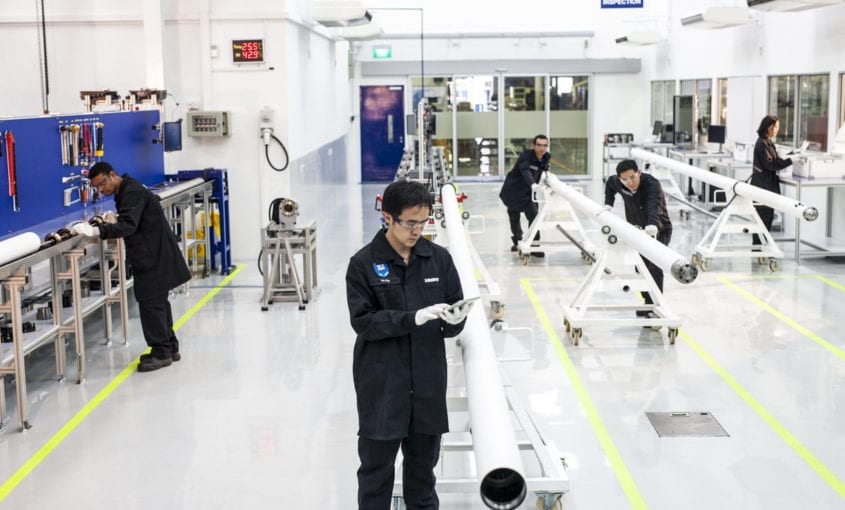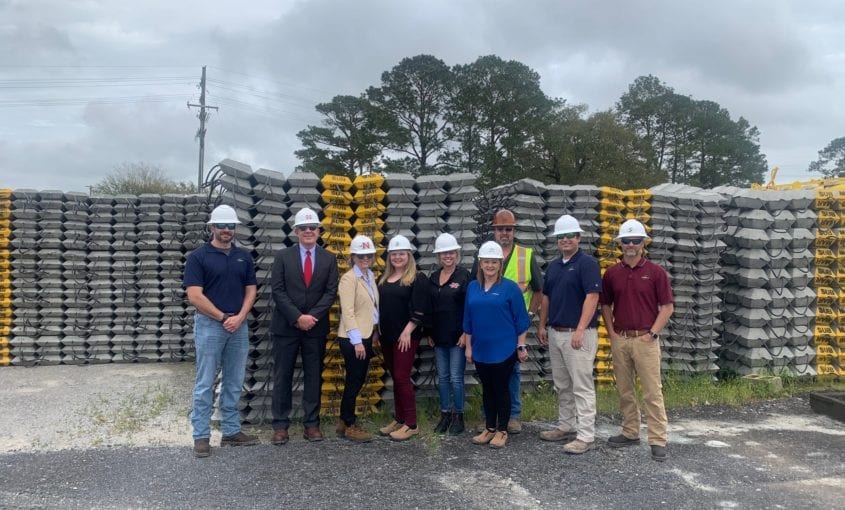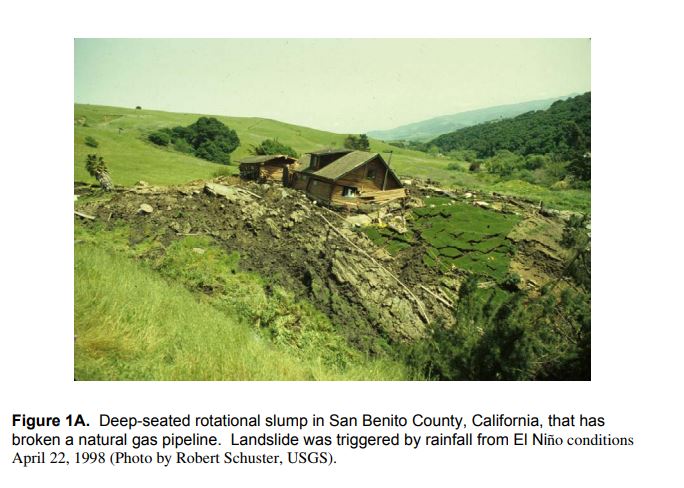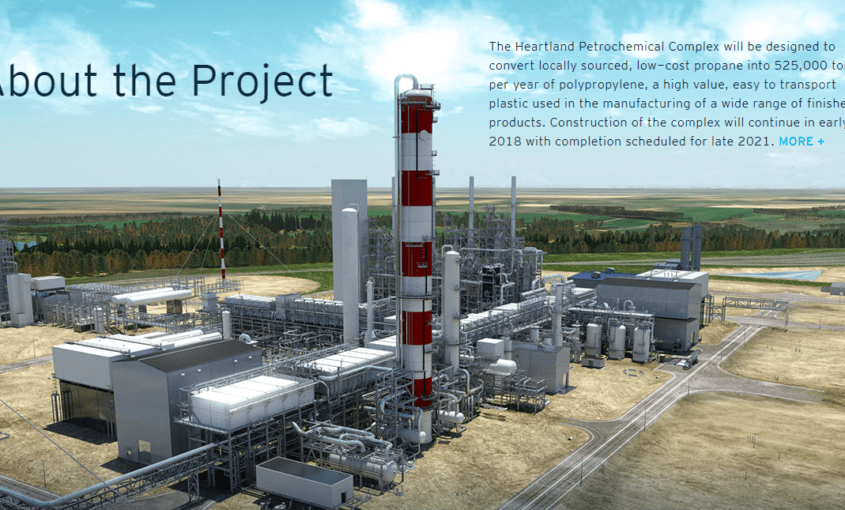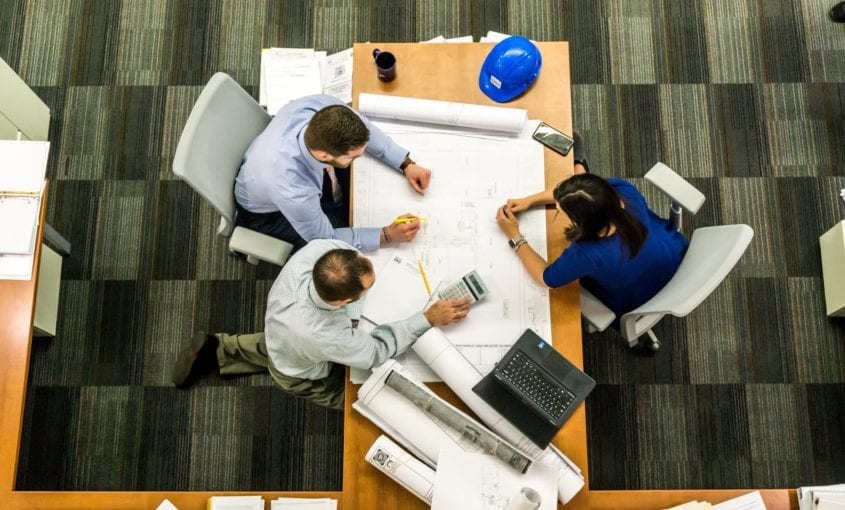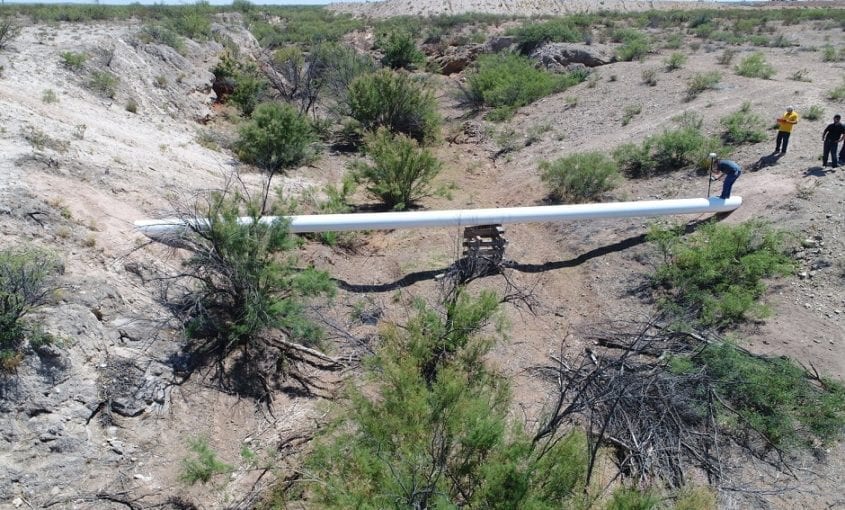How AI is Keeping Critical Infrastructure Safe During COVID-19
The adoption of artificial intelligence (AI) and machine learning technologies has never been more critical. Due to COVID-19, many organizations need to find a new way of working. Ensuring production rates are reliable, if not increased, while limiting the number of personnel (in some cases down to 50%) is crucial. Critical infrastructure needs to be
Read More...


